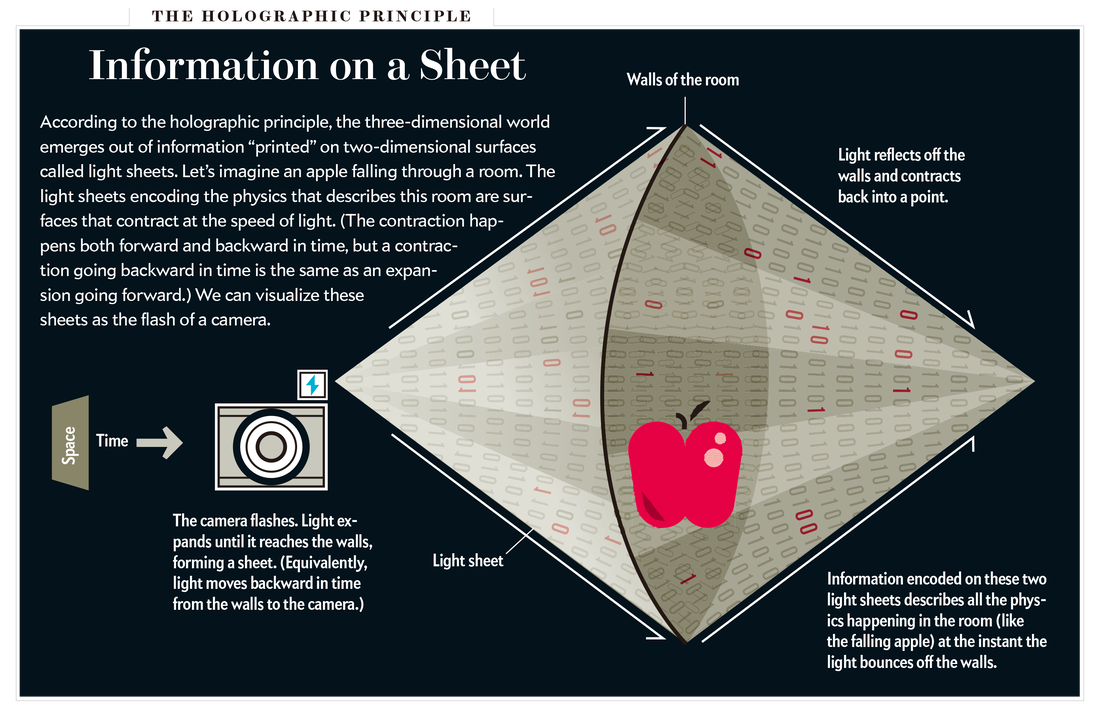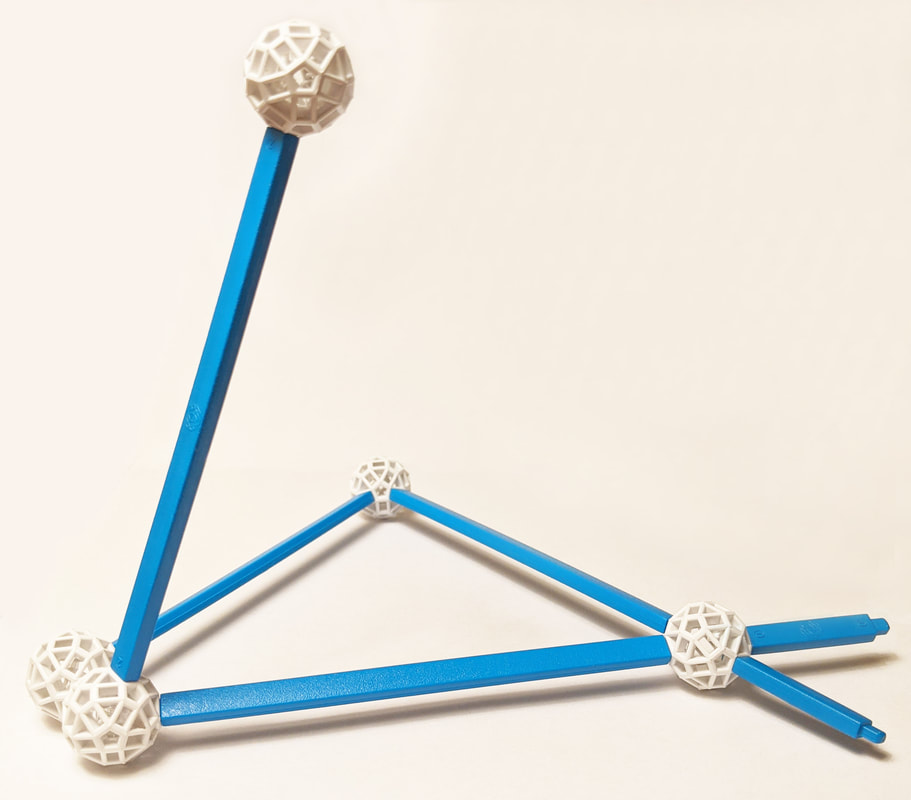I am a quantum space-time phenomenologist. I study the question of whether the space-time we live in is a definite reality that is a background on which all matter and light exist, or if it is an emergent phenomenon from a fundamentally indeterminate quantum system. Is the fabric of space-time absolute, or does it arise only as a specific observation made by a specific observer, with its true nature probabilistic and woven out of relationships among the building blocks of reality? I study this question from an empirical perspective, constructing models that attempt to describe actual experiments and observations, designing research programs to test those models, interpreting data to understand what it tells us about the underlying laws and principles, and sometimes even taking a role in the commissioning and operations of an experiment. Currently, I am working on design geometries and predicted signal spectra for a new experiment being commissioned by our collaborators at Cardiff University (see the Experiment page). Previously, I was part of a seminal research program in this burgeoning field of study, the Holometer at Fermi National Accelerator Laboratory. We want to build the most precise rulers and clocks in the world; we seek to measure space-time at unprecedented precision (a billionth of a single atom!) to see if its background fabric is very subtly fluctuating due to quantum indeterminacies.
My research aims to address a number of fundamental mysteries. One is the holographic universe: Traditionally, it was widely thought that a breakdown of the familiar smooth space-time we experience happened only at the Planck scale, 10⁻⁴⁴ seconds. But we have since learned that black holes, the densest objects possible in general relativity, have information contents that are merely 2-dimensional. If we had a 3+1 dimensional background of space-time that is smooth all the way down to Planck scale resolution, even "empty" vacuum would hold a huge information content — at just the radius of Hawaii (Big Island), denser than a black hole! So the entire universe must somehow be a hologram with just 2 dimensions' worth of information, implying that the uncertainties in its background fabric are much larger. Another significant topic is "dark energy": The universe is expanding at an accelerating rate, with an unknown energy driving it. A common hypothesis is that this is the energy of empty space-time, but an estimate using standard physics would yield a value that is too large by 10¹²² — the worst failed calculation in physics. This anomalously "fine-tuned" small value is critical for the universe to come to its structured existence! We think that a reformulation using our models of quantum space-time may address the incorrect scaling. Lastly, I am interested in foundational problems in quantum mechanics: There have been many attempts to rigorously test whether quantum indeterminacies are fundamental features of reality, or merely reflections of our ignorance of the underlying total information available in the universe, but none of the mathematical "proofs" drawn from the experiments have included a quantum space-time as part of the physical system. Thought experiments which extend these setups have resulted in even more confounding conclusions, such as an indeterminacy in the ordering of cause and effect, or a rejection of any result that can be agreed upon by all observers, mandating that all "facts" are observer-dependent. A loophole-free adjudication is possible only if we can empirically probe hypotheses about what happens to quantum information at causal boundaries — e.g. a black hole horizon, or any surface in space-time which delimits causal relationships between past and future events for an observer. Our research program seeks this connection between foundational principles and real evidence.
A slightly more technical and involved description follows below.
|
Above : An illustration of the Holographic Principle. Copyright © February 2012 by Scientific American, Inc.
Below : Two candidate design geometries for 3-D interferometers to probe holographic uncertainties in space-time. |


